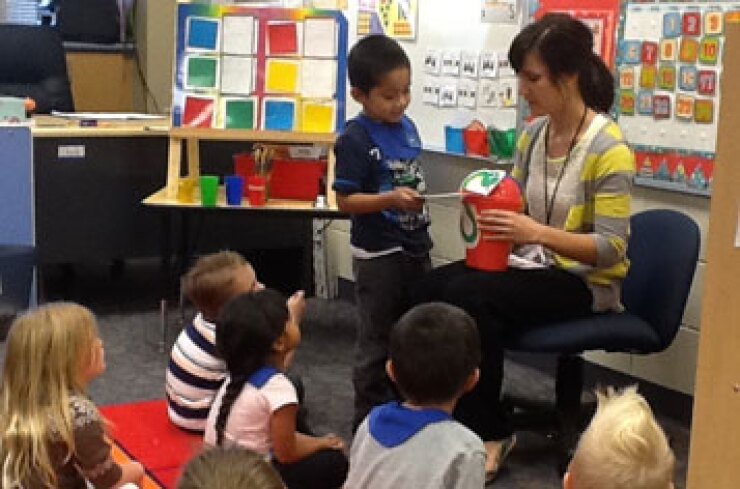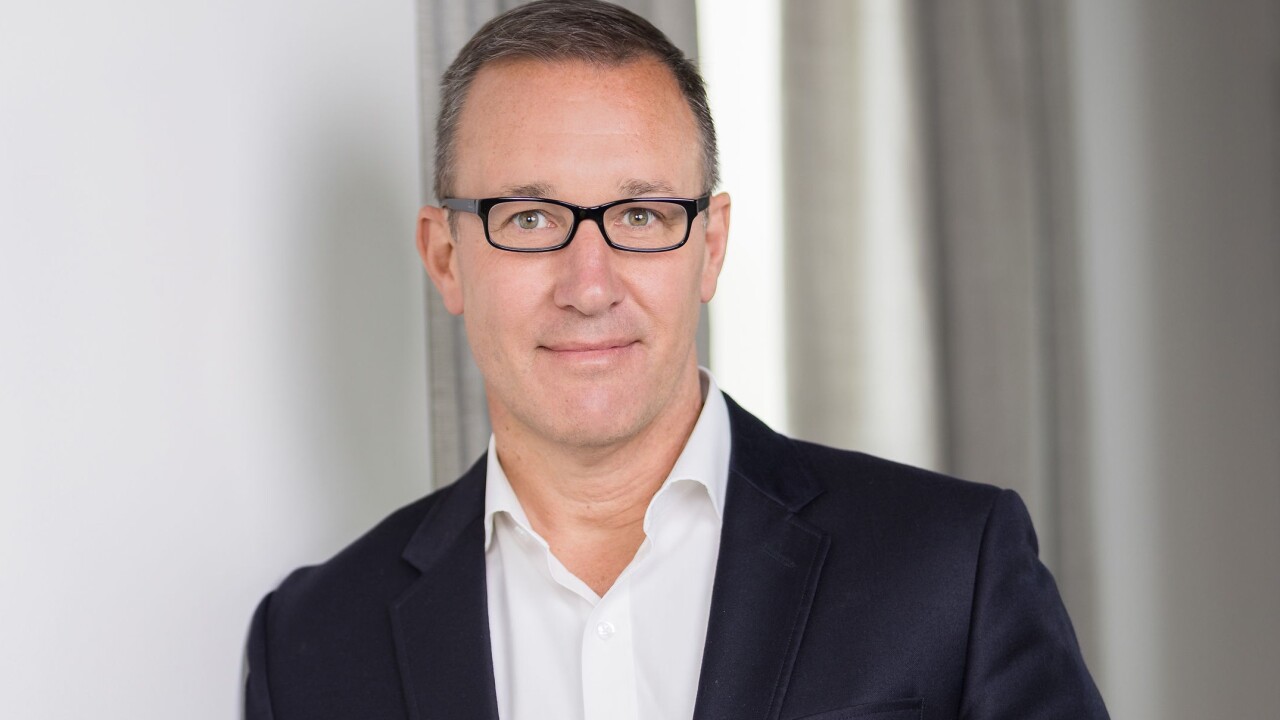
DALLAS – After three years of working with social impact bonds, Goldman Sachs achieved a milestone this month with a Utah preschool program that became the first to pay investors for the program’s success.
“Obviously, we find this success very encouraging, so we will continue looking at other opportunities,” said Andrea Phillips, vice president of Goldman’s Urban Investment Group. “But we will look at each program on its own merits and do our due diligence.”
Social impact bonds are a relatively new type of finance devised to deal with intractable social problems, such as prison recidivism, health programs or other issues that cost society or government in the long run.
The Utah program, established in 2013 by the United Way of Salt Lake City, sought to reduce demand for costly special education in the Granite School District by providing high-quality pre-kindergarten for children aged 3 and 4 years.
The preschool program was based on research conducted by Voices for Utah Children, an advocacy group for disadvantaged children.
While research showed that early childhood education could reduce costs throughout the child’s education, the majority of Utah 3 and 4-year-olds were not enrolled in pre-kindergarten. Utah was one of only 10 states that provided no state funding for high-quality preschool.
To help fund a high-quality pre-K, Janis Dubno, then director of early education policy for Voices for Utah Children, designed a “sustainable financing model” to illustrate that early childhood education investments could ultimately save money for Utah taxpayers.
Dubno’s model evolved into a results-based financing system that allowed private investors to cover the up-front cost of pre-K programming for at-risk 3- and 4-year olds, with the state reimbursing investors for each child who was considered at risk for later special education intervention upon preschool entry.
The “bond” was more of a bet that the program would work. Investors, who provided $4.6 million of upfront loans, would be paid back by the state if the program worked. A successful preschool program would save public funds by avoiding the high cost of special education services.
Thus, the program served a secondary purpose of demonstrating to legislators and other policy makers the cost effectiveness of early childhood education.
United Way of Salt Lake convened partners and investors to launch the first year and earmarked $1 million to serve as the repayment fund for the transaction’s first cohort of children.
Salt Lake County added to the repayment fund and became the first government in Utah to embrace the pay-for-success model.
The Utah State Legislature in 2014 passed House Bill 96, the Utah School Readiness Initiative sponsored by House Speaker Greg Hughes, R-Draper. The legislation established the School Readiness Board, made up of appointees from the State Department of Workforce Services, Utah State Office of Education, Utah State Charter School Board, business leaders, and other individuals committed to advancing early childhood education in Utah.
The School Readiness Board is responsible for entering into pay-for-success financing contracts with private investors on behalf of the state.
In 2014, Utah signed a contract with United Way of Salt Lake, Goldman Sachs, and the Chicago-based J.B. Pritzker Foundation to fund the project for the preschool children.
Of the 595 low-income children who attended high-quality preschool financed by the SIB in the 2013-14 school year, 110 of the four-year-olds were identified as likely to use special education in grade school. Results showed that of those 110 students identified as at-risk, only one used special education services in kindergarten. The 110 students will continue to be monitored through sixth grade, generating further success payments based on the number who avoid use of special education in each year.
The successful results led to the first investor payment for any pay-for-success financing mechanism in the U.S. market.
“These results show that the pay-for-success model creates an opportunity to put taxpayer dollars towards what actually works, rather than following an outdated recipe that we once thought or hoped would work,” said Salt Lake County Mayor Ben McAdams.
Total savings calculated in Year 1 for Cohort 1 are $281,550, based on a state resource special education add-on of $2,607 per child. Investors received a payment equal to 95% of these savings.
“Goldman Sachs is paid first,” Phillips said. “We expect to be repaid over seven years.”
With a target base interest rate of 5%, the implied maximum return is about $5.5 million, according to a fact sheet about the program.
The initial investment of $1 million was considered proof of concept that represented the first phase of a $20 million commitment by J.B. Pritzker, Goldman Sachs and other private investors for the Early Childhood Innovation Accelerator, a fund designed to increase the availability of high-quality early childhood education while building a strong evidence-base of success.
While the Utah program was the first to pay off, Phillips said her group is anticipating similar results in a Goldman Sachs-funded program in Chicago.
Established in 2001, the Goldman Sachs Urban Investment Group has committed more than $4.5 billion for various projects.
Phillips, who earned her graduate degree at Harvard’s John F. Kennedy School of Government, worked in nonprofit finance before joining Goldman in May 2010. She has guided the social impact bond initiative since Goldman issued the nation’s first one in 2012.
Goldman’s first social impact bond ended in August without the desired outcome. The program at Rikers Island in New York was designed to reduce recidivism among inmates. But results audited by an independent board showed no improvement, meaning the state would not pay off.
“While we certainly hoped for greater impact, we learned a great deal along the way and remain committed to investing in projects that support important public initiatives,” Phillips said.
Now that a SIB has shown success, Phillips said new research is needed to anticipate odds of success. Unlike traditional municipal bonds, social impact bonds have no credit ratings that could tell investors the degree of risk they are facing.
“As social impact bonds become more common, there will be a need for more metrics to determine a program’s chances of success,” she said.





